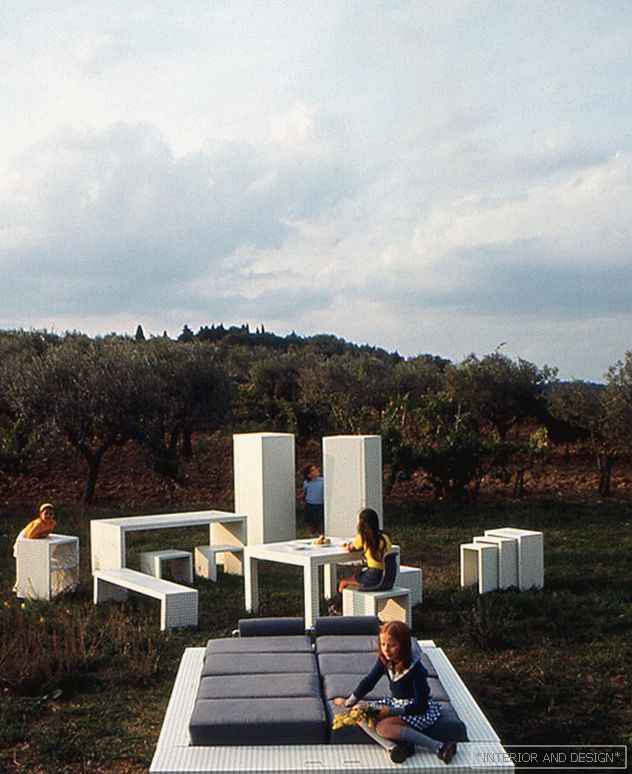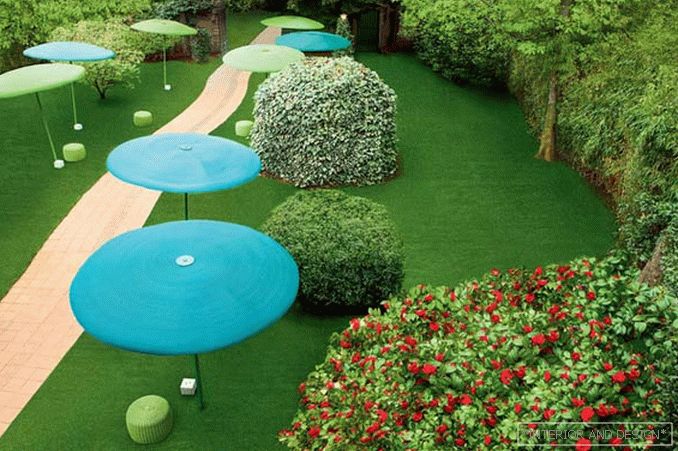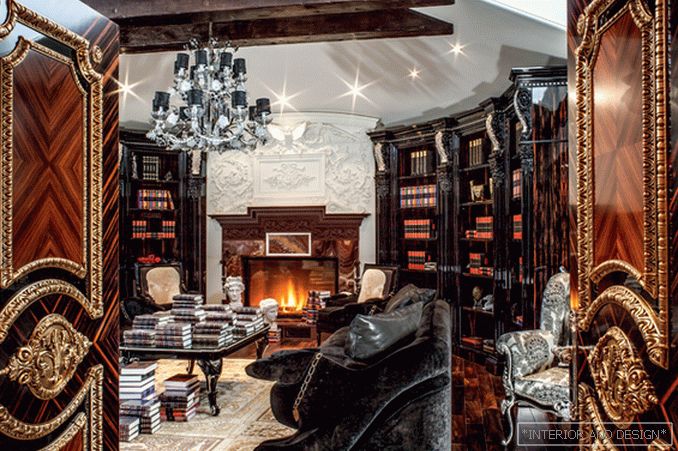
Italian Superstudio today is remembered more often. Practicing designers and architects seek to pick up the ideas and images generated by the fantasy of the advanced rebel 70s.
Related: Unforgettable 80s and Memphis. They gathered in December ...
Founded in 1966 by Superstudio, architect Christian Toraldo di Francia, together with Adolfo Natalini (later joined by Gian Piero Frassinelli, Alessandro Poli and the brothers Roberto and Alessandro Magris).
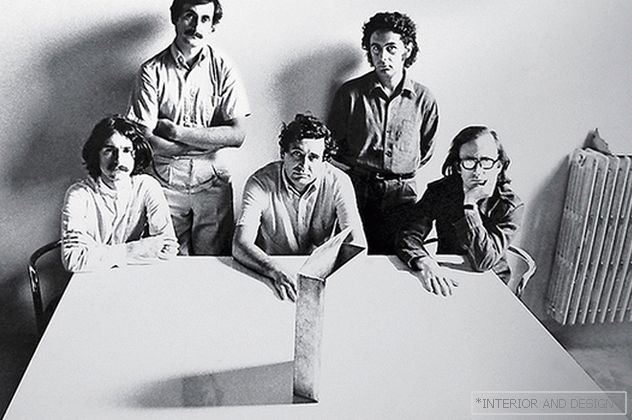 Superstudio - Adolfo Natalini, Cristiano Toraldo di Francia, Gian Piero Frassinelli, Alessandro Magris, Roberto Magris.
Superstudio - Adolfo Natalini, Cristiano Toraldo di Francia, Gian Piero Frassinelli, Alessandro Magris, Roberto Magris. A group of students of the Faculty of Architecture at the University of Florence, about 20 people in total, decided to develop an alternative model of life on earth. Filled with contempt for all the ideals of modernism, they were ready to formulate new recipes for improving society. Young designers adored American science fiction novels, followed the political overpasses of the late 1960s. They called themselves Superstudio and created one of the most striking pages in the history of Italian radical design.
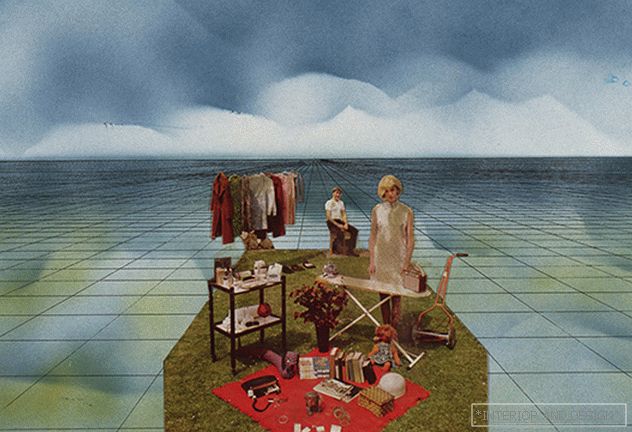 Subsurface, The Happy Island, project 1971. Photo collage. Home raft on an endless grid. Superstudio, J.P. Frassinelli, A. Magris, R. Magris. A. Natalini, C. Toraldo di Francha, A. Polly.
Subsurface, The Happy Island, project 1971. Photo collage. Home raft on an endless grid. Superstudio, J.P. Frassinelli, A. Magris, R. Magris. A. Natalini, C. Toraldo di Francha, A. Polly. Real construction interested them last. They were more attracted by the “anti-architecture”: they created psychedelic visualizations, collages and films that reflect their dreams and nightmares. At exhibitions in galleries and museums, the team generously shared its breathtaking visions: huge buildings, overtaking cities, giant golden pyramids and flying silver pillars, invading village landscapes.
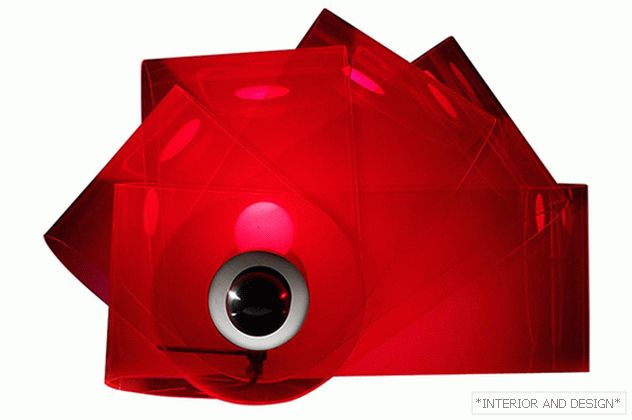
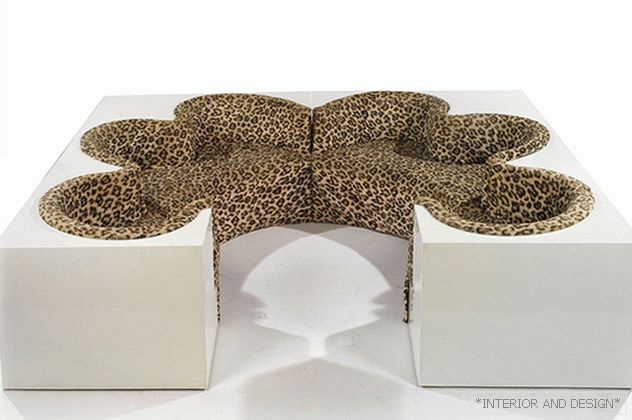
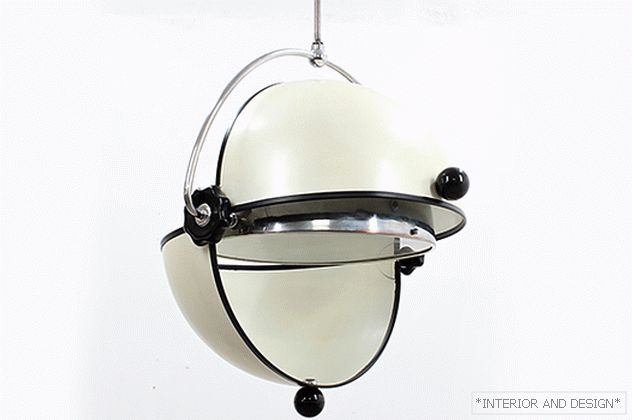
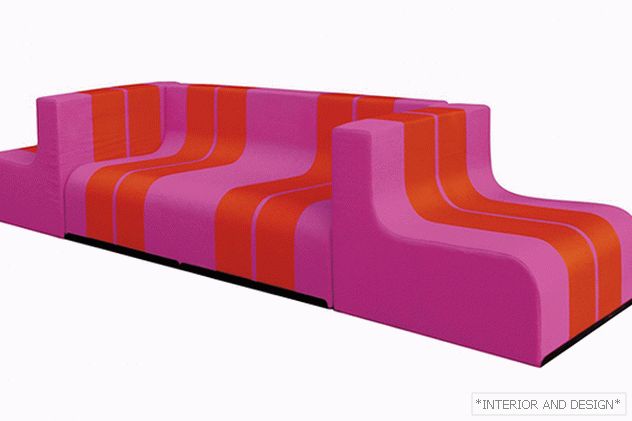
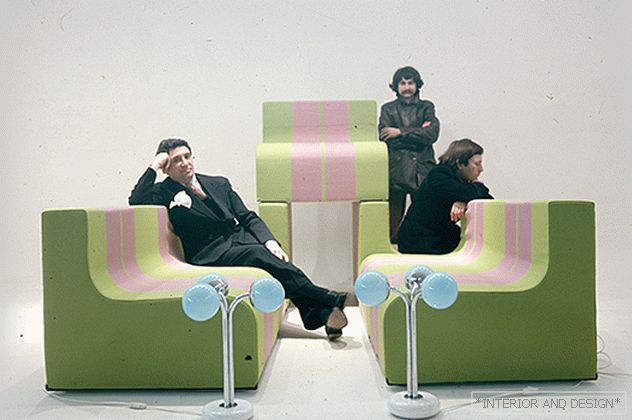
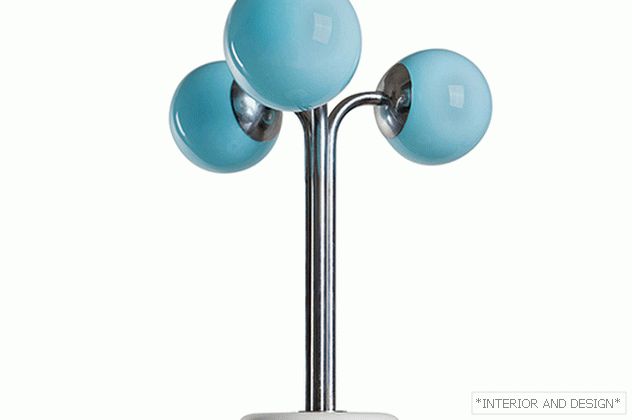

They even imagined a planet without architecture in general, just a “super-surface” that would replace objects and buildings with a grid, “super-surface” made it possible to connect heat, electricity, fuel, and even solar energy to the sources. Then half a century ago the idea was radical; now it seems just prophetic.
Related: BBPR Architects: Italian Design and Its Main Characters
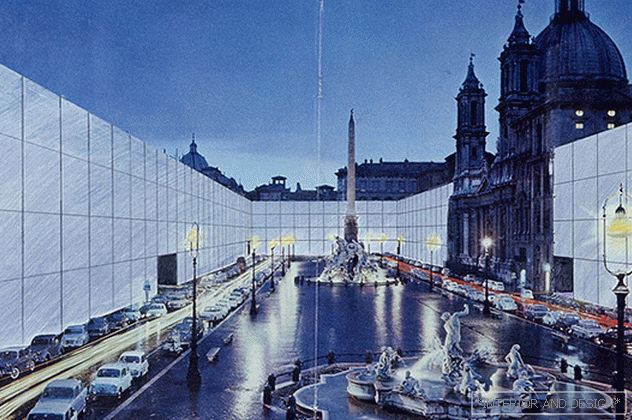 The salvation of the historical centers of Italy. Rome. Piazza Navona, 1972, Superstudio.
The salvation of the historical centers of Italy. Rome. Piazza Navona, 1972, Superstudio. 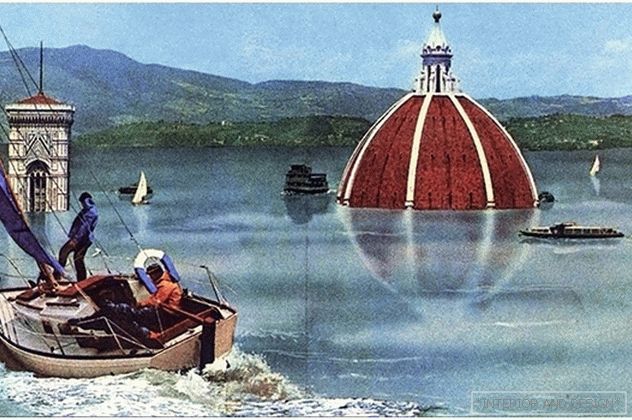 The salvation of the historical centers of Italy. Florence. 1972, Superstudio.
The salvation of the historical centers of Italy. Florence. 1972, Superstudio. “Our idea of a super-surface was a kind of preliminary vision of what became then the Internet,” says Christian Toraldo di Francia. "We wanted to show that design and architecture can be philosophical, theoretical actions and provoke a new consciousness."
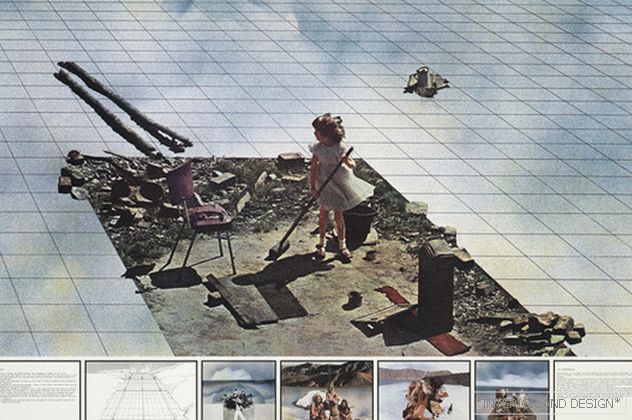 Superstudio, Life, Supersurface, 1972.
Superstudio, Life, Supersurface, 1972. 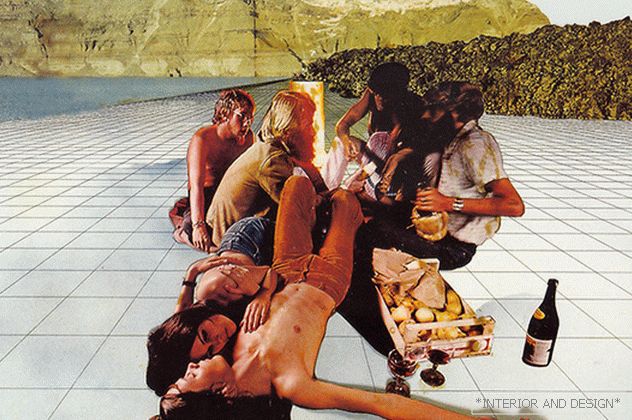 Superstudio, Life, Supersurface (Fruit and Wine), 1972.
Superstudio, Life, Supersurface (Fruit and Wine), 1972. 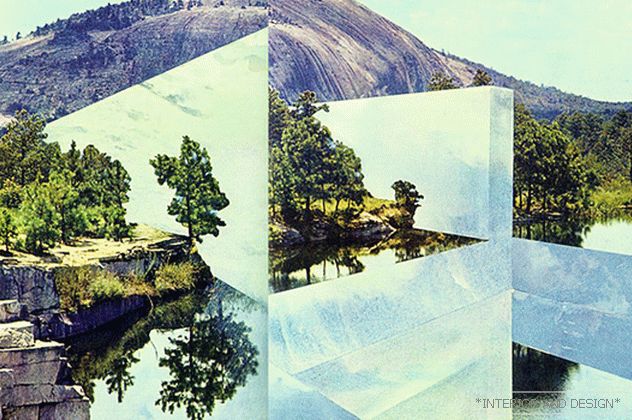
 Continuous Monument Il, diz. Superstudio, Grand Hotel Colosseo 1969, photo montage © MAXXI
Continuous Monument Il, diz. Superstudio, Grand Hotel Colosseo 1969, photo montage © MAXXI The group lasted only 12 years until 1978, but left a trace in the post-war period. In its heyday, Superstudio toured with its exhibitions everywhere — architects and their utopian collages also made their way to the Walker Art Center in Minneapolis and the Victoria and Albert Museum in London. Articles about Superstudio were published by Domus, the progressive Italian magazine Casabella, and even the glamorous Casa Vogue. Today, traces of Superstudio experiments are visible in the works of architects - the Dutchman Rem Koolhaas, the American Stephen Hall and the Danish Bjarke Ingels.
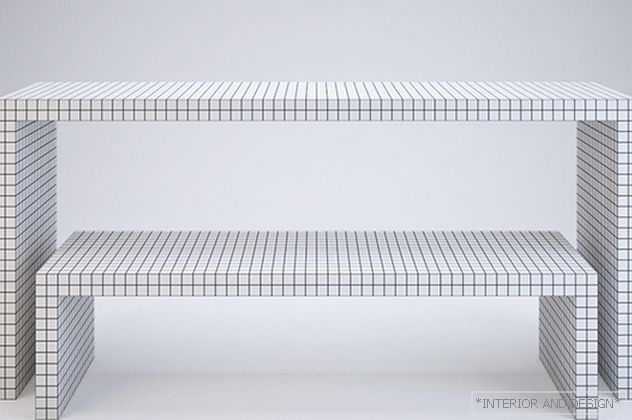 Presentation of the collection of tables Quadrena, diz.Superstudio.
Presentation of the collection of tables Quadrena, diz.Superstudio. 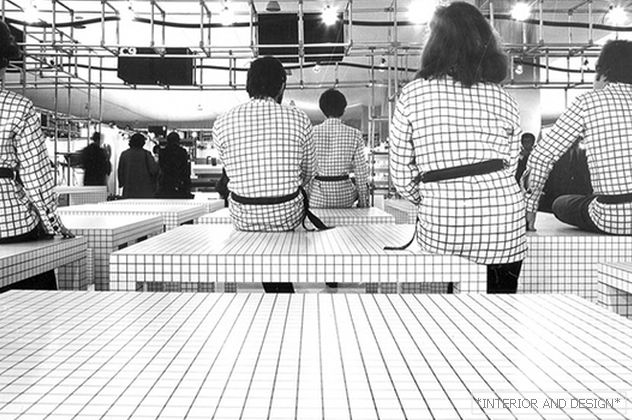 Presentation of the collection of tables Quadrena, diz.Superstudio.
Presentation of the collection of tables Quadrena, diz.Superstudio. 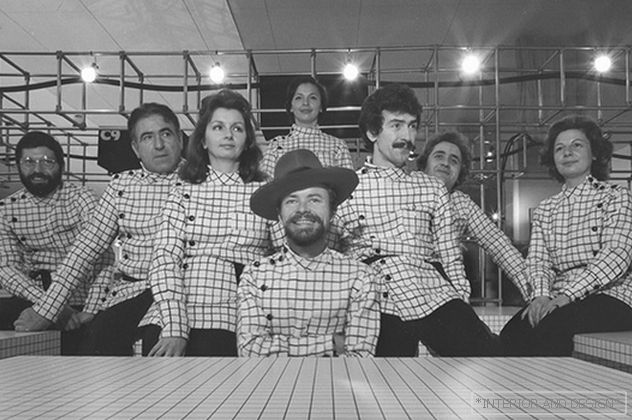 Presentation of the collection of tables Quadrena, diz.Superstudio.
Presentation of the collection of tables Quadrena, diz.Superstudio. Related: Marilyn Monroe Lips and Gufram Furniture
Конечно Superstudio спроектировали некоторое количество предметов. С 1970 года Zanotta выпускает столы Quaderna. Они покрыты черно-белой клеточкой. Одна из идей Superstudio состояла в том, чтобы редуцировать архитектуру до одного трафарета, который мог бы бесконечно масштабироваться. Сегодня этот прием взяли на вооружение дизайнер из группы RO/LU и голландский дуэт Scholten & Baijings.
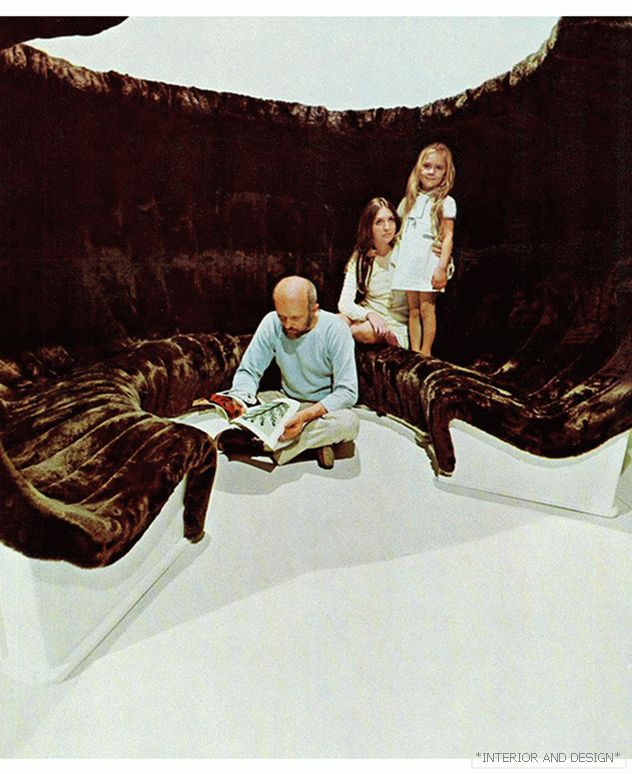 Divan Bazaar, diz.Superstudio.
Divan Bazaar, diz.Superstudio. One of the most striking episodes of the life of the Superstudio group was Superarchitettura I, an exhibition shown in 1966 in Pistoia. And it was a joint project Superstudio with another Florentine group Archizoom. It is this exhibition that is considered a meaning-making gesture, in which it was possible to concentrate all the energy of protest, the wildest dreams and audacious provocations.
 Superarchitettura is the manifesto of the Superstudio group.
Superarchitettura is the manifesto of the Superstudio group. The Superarchitettura manifest declared a lot of startling: “This is the architecture of superproduction, superconsumption, superinduction to superconsumption, supermarket, superman and super-fuel”. A brilliant, abstract kaleidoscope of images, which was accompanied by vivid scenography with sculptural lamps. All this was a direct refusal of the modernist idea, from the form that should follow the function.
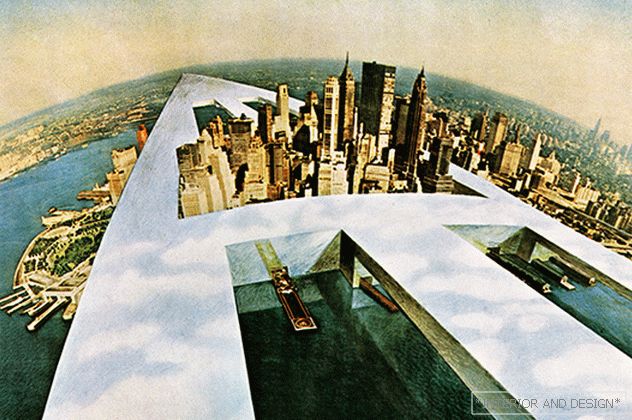 Continuous Monument Il, diz. Superstudio, New York, 1969, lithography. @Fondazione MAXXI
Continuous Monument Il, diz. Superstudio, New York, 1969, lithography. @Fondazione MAXXI Today, the Superstudio group thanks to the project “Continuing monument: an architectural model for total urbanization”. The idea of the project was to show how reticular megastructures extend across world capitals and untouched natural landscapes, encompassing the Earth and even outer space.
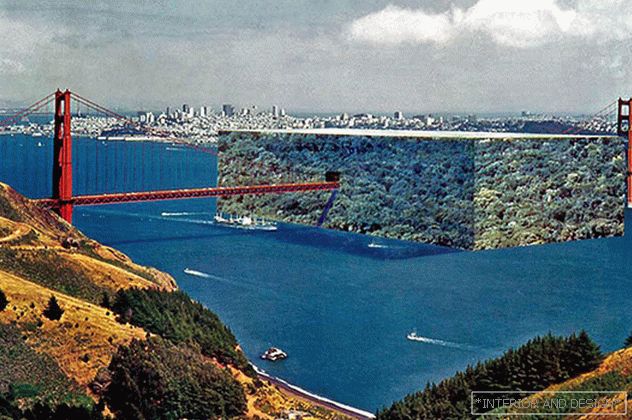 Continuous Monument Il, diz. Superstudio, New York, 1969, lithography. @Fondazione MAXXI
Continuous Monument Il, diz. Superstudio, New York, 1969, lithography. @Fondazione MAXXI Among the most famous images - an unprecedented view of Manhattan, covered by horizontal monolith. Superstudio's collages are very trippy, hallucinatory images reveal the problems of globalization and the smooth propagation of homogeneous modern architecture. The architects were strongly influenced by Isaac Asimov, Philip Dick, James Graham Ballard, whose works were recently translated from English to Italian.
However, in their visions and provocations, Superstudio architects really predicted the future. The most convincing evidence of this is the 1972 Supersurface project. The flat, faceless grid in the visualization is not only an Internet-like matrix, but also a state in which all people live as nomadic nomads, there is no monotonous work in their lives, no manipulated consumption, no hierarchy, no power, no violence. “We will be silent to listen to our own bodies,” the group proclaimed. “We will listen to our hearts and our breath. We will look at how we live. ”
